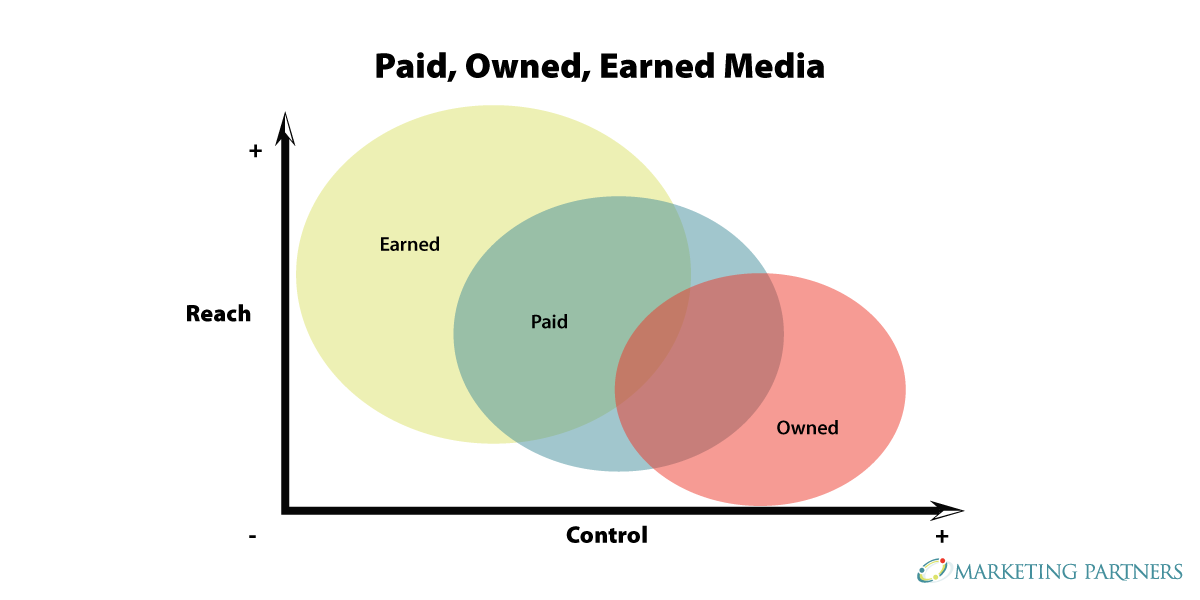How to Use Your Core Values to Inspire, Retain, and Energize Your Team
For the last few decades, but especially so in recent years, people are seeking out more than just an income from their place of employment. More...


No nonprofit can afford to produce a video that is not inline with its marketing goals and outreach plans. The more your nonprofit team can lay out a a tight mission-aligned script and creative plan prior to production, the more likely your reach and engagement will increase with your target audience.
Don't start writing your nonprofit video script until you have a creative plan or brief. Your nonprofit video creative brief should answer the following questions.
Answering all of these questions will help to frame and focus your planning for the project.
If you are working on a scripted video, use language that is meant to be read out loud. In video, we often say "SHOOT TO EDIT." In this case, I would say "WRITE IT TO SPEAK IT."
There are certain words that don’t belong next to each other in a script. Be conversational. Try to stay away from too many twenty-five cent words. Think about the person who will be on camera and use language that will help their performance. This is about the rhythms of language. Try not to rhyme or use a dense writing style. Make sure you read all of your scripted content out loud. You are building a script that you want to emotionally connect with the viewer. You are taking up some of viewer’s time, so make sure you give them something worthwhile in return.
There are several popular script formats and templates you can choose from. Let's look at some examples and when each might work best for you.
I’m a fan of the classic two-column template: video on one side and audio on the other. I find using this style helps me with timing. I can glance at flow easily and if laid out for post-production can hand it to any video editor and they’ll know what to do with it. It also goes back to my experience working in television, where any voiceover is assigned all caps and sound bites are in sentence case helping to differentiate between the two. It works well for PSA’s and any other videos you need to draft or lay out.
|
VIDEO |
AUDIO |
|
Description of your visuals including graphics, b-roll, and actions |
Voiceover, on camera scripting, music, natural sound from b-roll |
|
|
|
|
|
|
|
|
|
3-column style video script
A three-column style is best for your next explainer video. This style helps to plot out your visuals and your audio to better time out your video. Explainer videos are often about timing. You will need to track what is being said as well as the specific animation action tied to the audio.
|
TIME CODE |
AUDIO |
VIDEO |
|
00:00-00:10 |
Voiceover, music |
Animated sequence |
|
|
|
|
|
|
|
|
A documentary style video can tell your storynaturally and effectively through interviews instead of scripted voiceover. We prepare prior to the shoot with a list of questions for the person on camera to answer. The answers and statements will thread a story and build an authentic narrative without a formal scripted voiceover. The final script is often fleshed out after production by looking for content themes in the interview transcript.
So far I’ve been referring to videos that are being developed to be edited, but what happens if you are planning a Facebook live session? Live videos are more casual and viewers do not expect you to have every word scripted out, however that doesn’t mean you shouldn’t develop a loose script of what you would like to cover during your live segment. Prepare notes and an outline of what you want to talk about and the topics you would like to cover.
When writing and considering your final product, do not try to fill the empty spaces with words. Let the visuals and the audio support each other
Have you ever had to read a paragraph of dense text and then had to go back and read it again? Allow the viewer to take in the information and then move on to the next thought or visual. No matter the type of video your organization will be producing, pacing is always important.
The Change Conversations blog is where changemakers find inspiration and insights on the power of mission-driven communication to create the change you want to see.
© 2009- to present, Marketing Partners, Inc. Content on the Change Conversations blog is licensed under a Creative Commons Attribution-Noncommercial-NoDerivs 3.0 United States License to share as much as you like. Please attribute to Change Conversations and link to ChangeConversations.
Creative Commons License may not apply to images used within posts and pages on this website. See hover-over or links for attribution associated with each image and licensing information.

For the last few decades, but especially so in recent years, people are seeking out more than just an income from their place of employment. More...

You know nonprofit organizations need websites just as small businesses do, but you may be surprised to learn nonprofit sites can be more complex and...

In today’s rapidly evolving media landscape, understanding where and how your story is told isn’t just strategic—it’s essential. How you communicate...